
How AI-Driven Computer Vision Is Changing the Face of Retail Analytics
Last updated: July 10, 2025 Read in fullscreen view
- 25 Nov 2025
 How AI Agents Are Redefining Enterprise Automation and Decision-Making 22/36
How AI Agents Are Redefining Enterprise Automation and Decision-Making 22/36 - 05 Oct 2025
 The New Facebook Algorithm: A Paradigm Shift in Content Discovery 19/46
The New Facebook Algorithm: A Paradigm Shift in Content Discovery 19/46 - 01 Jul 2025
 The Hidden Costs of Not Adopting AI Agents: Risk of Falling Behind 17/108
The Hidden Costs of Not Adopting AI Agents: Risk of Falling Behind 17/108 - 07 Nov 2025
 Online vs. Offline Machine Learning Courses in South Africa: Which One Should You Pick? 16/30
Online vs. Offline Machine Learning Courses in South Africa: Which One Should You Pick? 16/30 - 21 Nov 2025
 The Rise of AgentOps: How Enterprises Are Managing and Scaling AI Agents 12/43
The Rise of AgentOps: How Enterprises Are Managing and Scaling AI Agents 12/43 - 03 Nov 2023
 Why Is Billable Viable Product An Alternative To Minimum Viable Product? 12/165
Why Is Billable Viable Product An Alternative To Minimum Viable Product? 12/165 - 06 Nov 2025
 Top 10 AI Development Companies in the USA to Watch in 2026 10/36
Top 10 AI Development Companies in the USA to Watch in 2026 10/36 - 28 Jul 2025
 Data Modernization for SMBs: Small Steps, Big Impact 9/115
Data Modernization for SMBs: Small Steps, Big Impact 9/115 - 18 Jul 2024
 The 8 Best ways to Innovate your SAAS Business Model in 2024 8/204
The 8 Best ways to Innovate your SAAS Business Model in 2024 8/204 - 30 Jul 2024
 The Future of IT Consulting: Trends and Opportunities 8/131
The Future of IT Consulting: Trends and Opportunities 8/131 - 29 Nov 2021
 Memorandum of Understanding (MOU) for Partnership Agreements 7/470
Memorandum of Understanding (MOU) for Partnership Agreements 7/470 - 27 Jul 2024
 Positive Psychology in the Digital Age: Future Directions and Technologies 6/337
Positive Psychology in the Digital Age: Future Directions and Technologies 6/337 - 24 Dec 2024
 Artificial Intelligence and Cybersecurity: Building Trust in EFL Tutoring 5/144
Artificial Intelligence and Cybersecurity: Building Trust in EFL Tutoring 5/144 - 11 Oct 2022
 Why choose Billable Viable Product (BVP) over Minimum Viable Product (MVP) 5/315
Why choose Billable Viable Product (BVP) over Minimum Viable Product (MVP) 5/315 - 09 Jul 2024
 What Is Artificial Intelligence and How Is It Used Today? 3/216
What Is Artificial Intelligence and How Is It Used Today? 3/216 - 20 Dec 2021
 What is Hybrid Mobile App Development? 3/313
What is Hybrid Mobile App Development? 3/313 - 09 Oct 2024
 Short-Form Video Advertising: The Secret to Captivating Your Audience 3/107
Short-Form Video Advertising: The Secret to Captivating Your Audience 3/107 - 27 Feb 2025
 How AI Agents are Changing Software Development? 3/170
How AI Agents are Changing Software Development? 3/170 - 06 Dec 2024
 Steps For Integrating Sustainable Practices Into Business Operations 3/114
Steps For Integrating Sustainable Practices Into Business Operations 3/114 - 17 Oct 2025
 MLOps vs AIOps: What’s the Difference and Why It Matters 2/66
MLOps vs AIOps: What’s the Difference and Why It Matters 2/66 - 17 Mar 2025
 Integrating Salesforce with Yardi: A Guide to Achieving Success in Real Estate Business 2/140
Integrating Salesforce with Yardi: A Guide to Achieving Success in Real Estate Business 2/140 - 21 Apr 2025
 Agent AI in Multimodal Interaction: Transforming Human-Computer Engagement 2/147
Agent AI in Multimodal Interaction: Transforming Human-Computer Engagement 2/147 - 28 Nov 2025
 How AI Will Transform Vendor Onboarding and Seller Management in 2026 2/19
How AI Will Transform Vendor Onboarding and Seller Management in 2026 2/19 - 21 Aug 2024
 What is Singularity and Its Impact on Businesses? 2/324
What is Singularity and Its Impact on Businesses? 2/324 - 25 Jan 2025
 The Decline of Traditional SaaS and the Rise of AI-first Applications 2/73
The Decline of Traditional SaaS and the Rise of AI-first Applications 2/73 - 04 Oct 2023
 The Future of Work: Harnessing AI Solutions for Business Growth 2/258
The Future of Work: Harnessing AI Solutions for Business Growth 2/258 - 18 Aug 2024
 The Future of Web Development: Emerging Trends and Technologies Every Developer Should Know 2/173
The Future of Web Development: Emerging Trends and Technologies Every Developer Should Know 2/173 - 10 Sep 2024
 Leading Remote Teams in Hybrid Work Environments 2/125
Leading Remote Teams in Hybrid Work Environments 2/125 - 08 Aug 2022
 Difference between Power BI and Datazen 2/297
Difference between Power BI and Datazen 2/297 - 21 Dec 2023
 Top 12 Low-Code Platforms To Use in 2024 2/1147
Top 12 Low-Code Platforms To Use in 2024 2/1147 - 31 Dec 2022
 The New Normal for Software Development 2/343
The New Normal for Software Development 2/343 - 07 Nov 2022
 Why Design Thinking can save the outsourcing industry 2/168
Why Design Thinking can save the outsourcing industry 2/168 - 03 Jan 2024
 Why Partnership is important for Growth? 1/145
Why Partnership is important for Growth? 1/145 - 31 Dec 2022
 Future of Software Development Trends and Predictions for 2023 1/120
Future of Software Development Trends and Predictions for 2023 1/120 - 16 Aug 2022
 What is a Headless CMS? 1/225
What is a Headless CMS? 1/225 - 16 Sep 2022
 Examples Of Augmented Intelligence In Today’s Workplaces Shaping the Business as Usual 1/394
Examples Of Augmented Intelligence In Today’s Workplaces Shaping the Business as Usual 1/394 - 05 Aug 2024
 Affordable Tech: How Chatbots Enhance Value in Healthcare Software 1/142
Affordable Tech: How Chatbots Enhance Value in Healthcare Software 1/142 - 09 Oct 2023
 Case Study: Amazon's Evolution in Retail 1/236
Case Study: Amazon's Evolution in Retail 1/236 - 20 Feb 2025
 How Machine Learning is Shaping the Future of Digital Advertising 1/76
How Machine Learning is Shaping the Future of Digital Advertising 1/76 - 29 Oct 2024
 Top AI Tools and Frameworks You’ll Master in an Artificial Intelligence Course 1/328
Top AI Tools and Frameworks You’ll Master in an Artificial Intelligence Course 1/328 - 22 Nov 2024
 The Role of AI in Enhancing Business Efficiency and Decision-Making 1/154
The Role of AI in Enhancing Business Efficiency and Decision-Making 1/154 - 02 Dec 2024
 The Intersection of AI and Business Analytics: Key Concepts to Master in Your Business Analytics Course 1/252
The Intersection of AI and Business Analytics: Key Concepts to Master in Your Business Analytics Course 1/252 - 28 Oct 2025
 The Future of Real Estate: Key Trends and Essential Lessons in Digital Transformation 1/10
The Future of Real Estate: Key Trends and Essential Lessons in Digital Transformation 1/10 - 06 May 2025
 How Machine Learning Is Transforming Data Analytics Workflows 1/148
How Machine Learning Is Transforming Data Analytics Workflows 1/148 - 20 Aug 2025
 What Is Agentic AI? The Next Phase of Artificial Intelligence 1/96
What Is Agentic AI? The Next Phase of Artificial Intelligence 1/96 - 27 Aug 2025
 How AI Consulting Is Driving Smarter Diagnostics and Hospital Operations /66
How AI Consulting Is Driving Smarter Diagnostics and Hospital Operations /66 - 15 Aug 2025
 Quantum Technology: Global Challenges and Opportunities for Innovators /56
Quantum Technology: Global Challenges and Opportunities for Innovators /56 - 29 Aug 2025
 How AI Is Transforming Modern Management Science /33
How AI Is Transforming Modern Management Science /33 - 22 Sep 2025
 Why AI Is Critical for Accelerating Drug Discovery in Pharma /53
Why AI Is Critical for Accelerating Drug Discovery in Pharma /53 - 23 Jun 2025
 AI Avatars in the Metaverse: How Digital Beings Are Redefining Identity and Social Interaction /85
AI Avatars in the Metaverse: How Digital Beings Are Redefining Identity and Social Interaction /85 - 24 Oct 2025
 AI Agents in SaaS Platforms: Automating User Support and Onboarding /51
AI Agents in SaaS Platforms: Automating User Support and Onboarding /51 - 10 Nov 2025
 Multi-Modal AI Agents: Merging Voice, Text, and Vision for Better CX /33
Multi-Modal AI Agents: Merging Voice, Text, and Vision for Better CX /33 - 25 Sep 2024
 Enhancing Decision-Making Skills with an MBA: Data-Driven Approaches for Business Growth /177
Enhancing Decision-Making Skills with an MBA: Data-Driven Approaches for Business Growth /177 - 10 Sep 2024
 AI in Email Marketing: Personalization and Automation /154
AI in Email Marketing: Personalization and Automation /154 - 31 Dec 2023
 Software Development Outsourcing Trends to Watch Out for in 2024 /160
Software Development Outsourcing Trends to Watch Out for in 2024 /160 - 18 Jan 2024
 Self-healing code is the future of software development /200
Self-healing code is the future of software development /200 - 19 Dec 2023
 How AI is Transforming Software Development? /275
How AI is Transforming Software Development? /275 - 15 Apr 2024
 Weights & Biases: The AI Developer Platform /170
Weights & Biases: The AI Developer Platform /170
| About the Author | Anand Subramanian | Technology expert and AI enthusiast |
Anand Subramanian is a technology expert and AI enthusiast currently leading the marketing function at Intellectyx, a Data, Digital, and AI solutions provider with over a decade of experience working with enterprises and government departments. |
Even in the world of digital transformation, artificial intelligence has been a game changer across numerous industries, and retail has never been the exception.
AI technology is revolutionising the retail landscape among several other technologies. Computer vision in retail stands out as it hugely impacts retail analytics. Therefore, by allowing machines to interpret and understand visual data, computer vision & advanced analytics services aid retailers to gain deeper insights regarding customer behaviour analysis, optimise store operations, and ultimately enhance the customer experience.
What are Computer vision applications?
Computer vision is regarded as a branch of AI-powered retail solutions that teaches machines to assess visual data from all around the globe like those as images and videos. With the aid of these systems, you can quickly identify objects, track movements, and make real sense of complex scenes similar to that of the human eye, but with data-driven precision and real-time retail analytics.
The Role of Computer Vision in Retail Analytics
In other words, real-time retail analytics developed and engineered with the collection and analysis of various data to bring improvement in business decisions, especially in the retail sector.
Traditionally, these data come from sources like point of sale systems, online behaviour tracking, and loyalty programs. On the other hand, with the advent of computer vision applications developed, retailers can easily tap into a whole new layer of insights gathered directly from numerous kinds of physical spaces.
This is how computer vision is exactly reshaping retail analytics:
In-store customer behaviour analysis
With the aid of an AI-powered camera, you can quickly track customer movements within a store, helping retailers to understand
-
Foot traffic patterns: Here, customers spend the most amount of time, which is ignored by them, and how they exactly navigate the store.
-
Dwell times: Exactly, how long did the shopper stay in front of a particular shelf and a display
-
Hot zones: The particular areas that attract the most attention aid in optimising product placement.
In one word, this data indeed aids retailers to fine-tune store layouts, improve merchandising strategies, and enhance the overall buying experience.
Queue Management and Checkout Optimisation
It is very practical to believe that long queues can quickly drive customers away. Therefore, with the aid of smart retail technology like computer vision as developed, you can
- Easily monitor check-out lines even in real-time.
- Alert staff when lines grow too long.
- Further, recommend opening of additional automated inventory management counters or deploy on an immediate basis self-checkout solutions.
For instance, retailers like Amazon and Walmart already use AI-driven systems and image recognition in retail, which is being developed to reduce wait times and bring efficiency at the point of sale.
Loss Prevention and Security
The major challenge in the retail sector is the shrinkage, which takes place due to theft and operational errors. Computer vision,helps you by
-
Detecting suspicious behaviour in a real-time scenario.
-
Monitoring for shoplifting and fraudulent activities at self-checkout stations.
-
Ensuring compliance with store policies and procedures.
In general, these systems do act as a proactive loss prevention tool by reducing the need for constant human surveillance.
Inventory Management
With the help of shelf-scanning robots and smart cameras, computer vision can
- Identify low-stock or out-of-stock items.
- Detecting misplaced products.
- Monitor planogram compliance
The real-time inventory visibility enables faster restocking, improved customer satisfaction, and better supply chain coordination.
Demographic and Sentiment Analysis
Through AI-based visual analytics like computer vision, you can analyse the age, gender, and mood of the shoppers(in an anonymised, privacy-conscious way).
Even customer reaction to displays and promotions can also be analysed through this tool. Further, it enables hyper-personalised marketing strategies and improves customer segmentations.
Real-World Examples of Computer Vision in Retail
-
It is Amazon Go, which uses sensors and computer vision that aid them to perform check-out-free shopping. Customers do walk out with their purchases, and it is the system that automatically bills them.
-
Even Zara takes the benefits of AI, which is developed by using machine learning in retail analytics to simply track how often items are picked up and tried on. It even keeps track of the optimisation of stock replenishment and forecasting of newer fashion trends.
-
Further, it is Sephora that uses AI-powered facial recognition to offer virtual try-on experiences and personalized product recommendations.
Challenges and Ethical Considerations
Through the use of computer vision in the field of retail analytics, you can enjoy immense benefits, but it also raises some concerns. When it comes to privacy, shoppers must be well informed when they are being continuously monitored and that data must be handled with absolute care.
BIAS in AI
Algorithms that are present within computer vision in retail analytics must be trained on diverse datasets to avoid behavioural and demographic biases.
Integration Costs
Implementing AI solutions involves investment in infrastructure and training. Therefore, addressing these challenges is critical to ensure responsible and effective usage of AI in the field of retail sector.
The Road Ahead
The future of the retail sector will be completely driven by the digital world, and AI-powered computer vision in the retail sector will definitely play a central role. As the technology develops, expect the existence of more sophisticated applications ranging from augmented reality fitting rooms to AI-curated product recommendations that are fully based on real-time visual cues.
Retailers who embrace this shift suddenly will be seriously well-positioned to lead in a customer-centric and data-driven marketplace.
Concluding Thoughts
In conclusion, it can be said that AI-driven computer vision isn't just an advanced futuristic concept. But it is a practical tool that is ready to transform the overall retail industry. Therefore, by bridging the gap between the physical stores and digital intelligence, it does empower retailers to understand their customers like never before. In a world where every detail matters, computer vision does offer a new lens through which success can easily be measured.
Anand Subramanian
Technology expert and AI enthusiast
Anand Subramanian is a technology expert and AI enthusiast currently leading the marketing function at Intellectyx, a Data, Digital, and AI solutions provider with over a decade of experience working with enterprises and government departments.

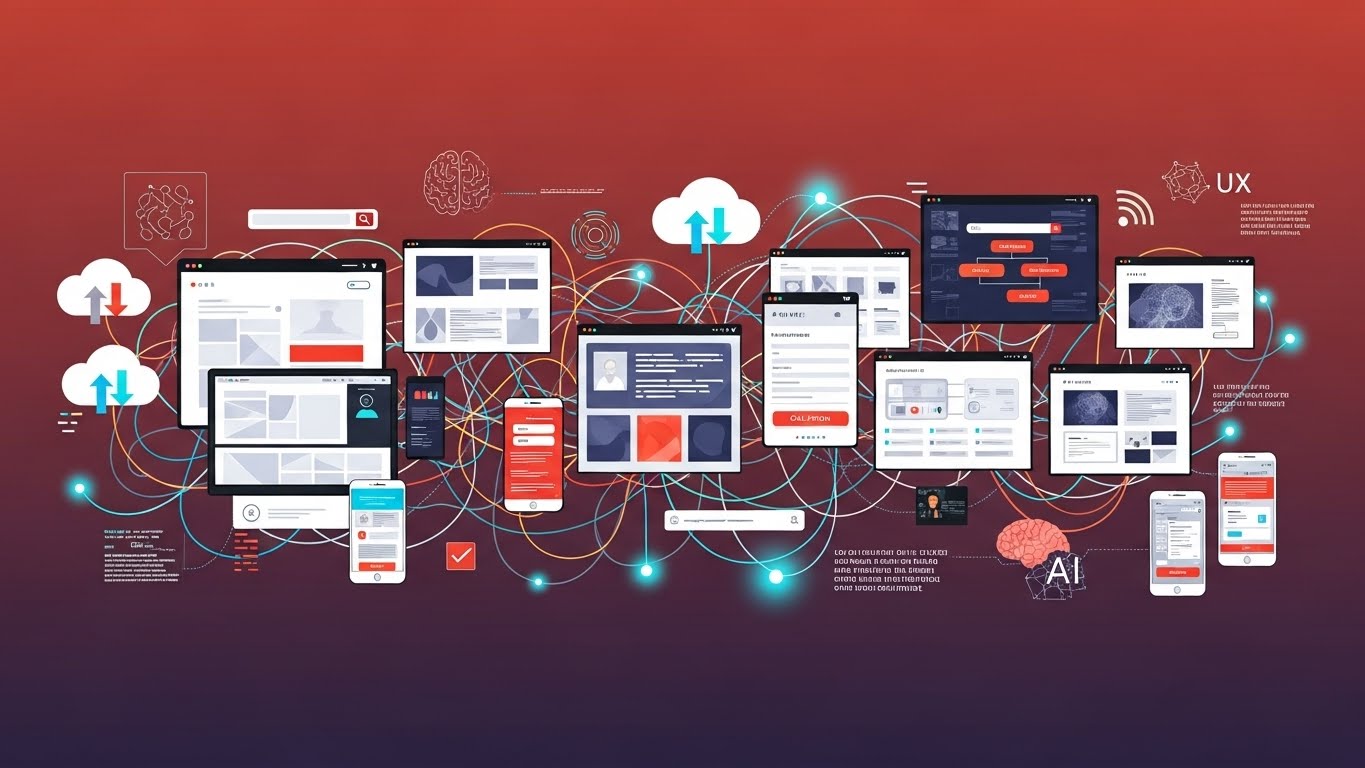
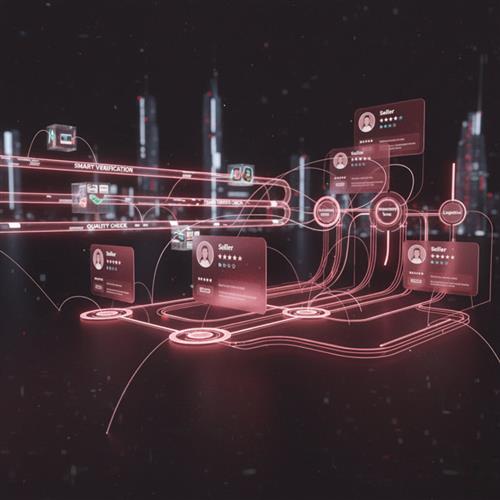
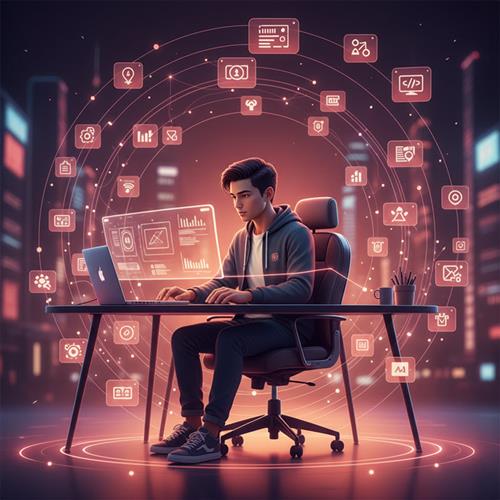
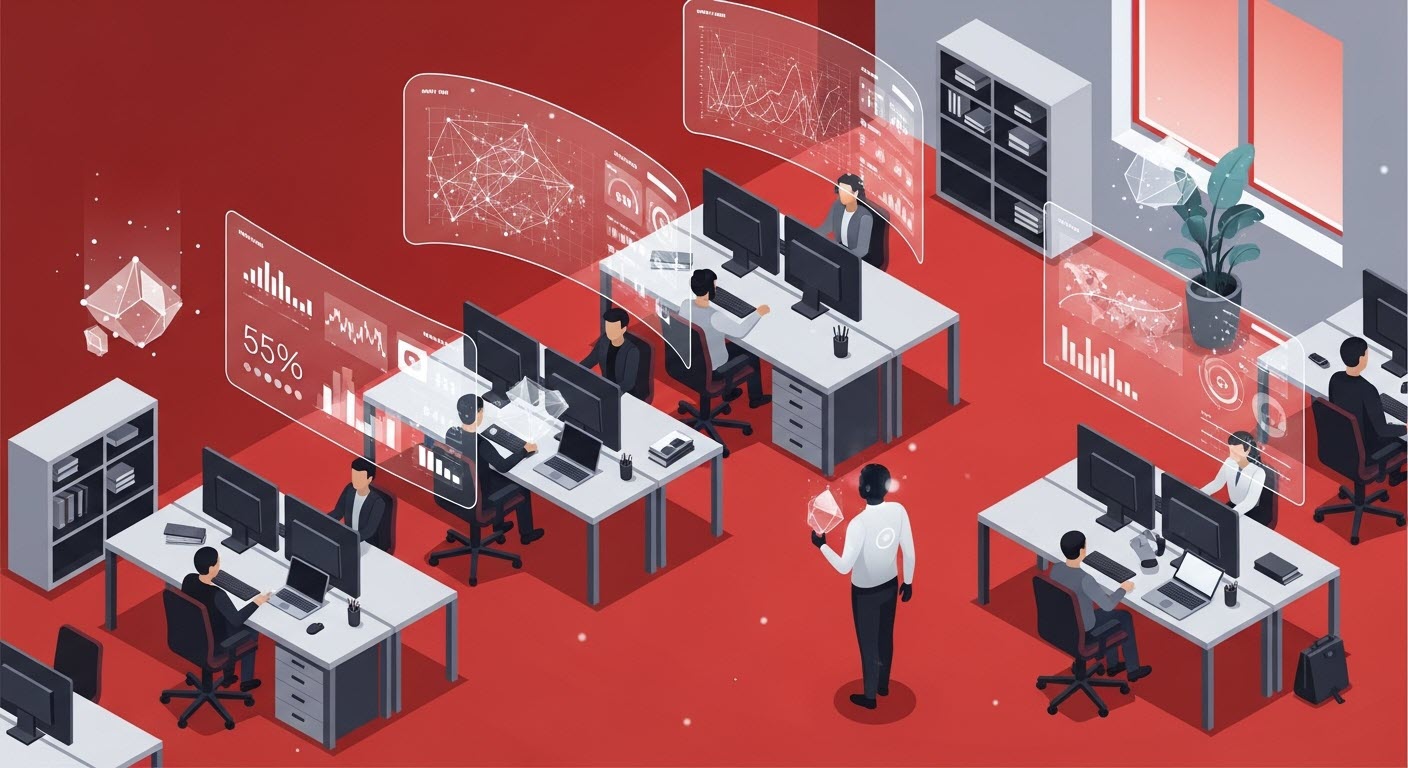


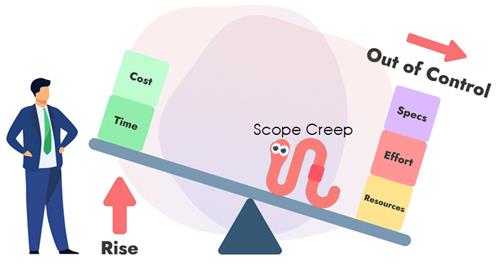

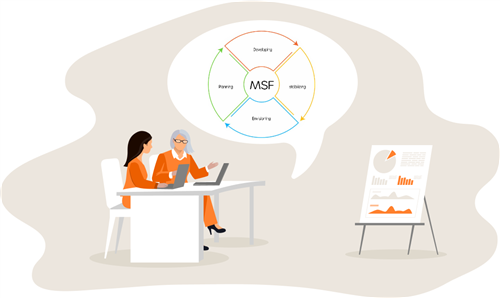





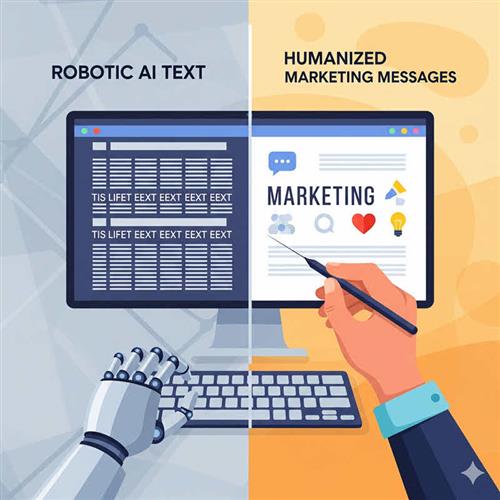
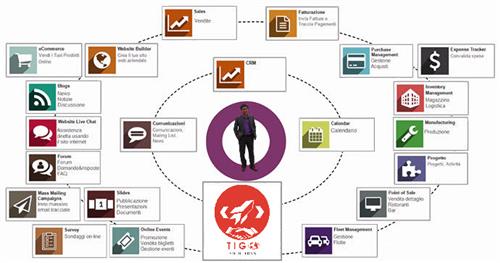
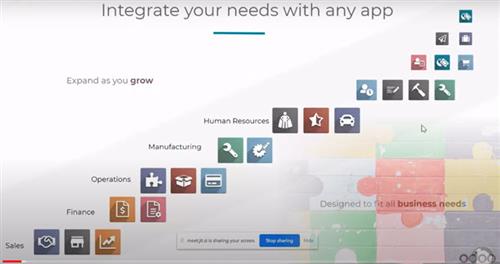
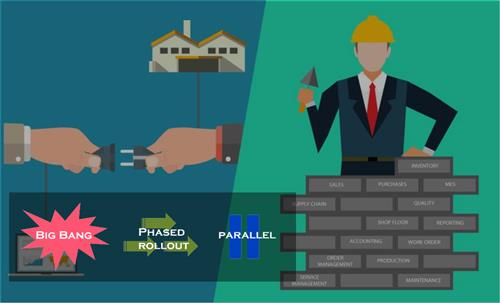

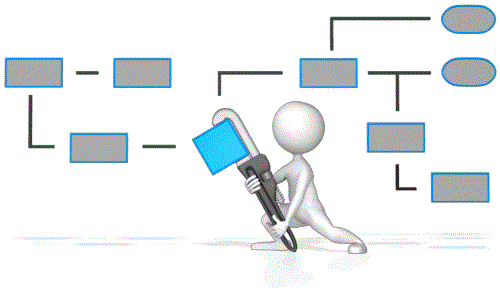
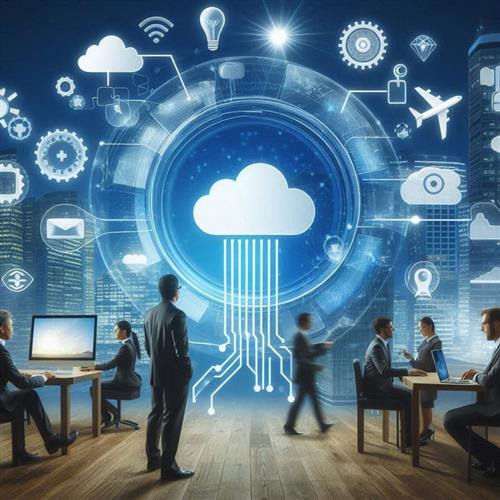
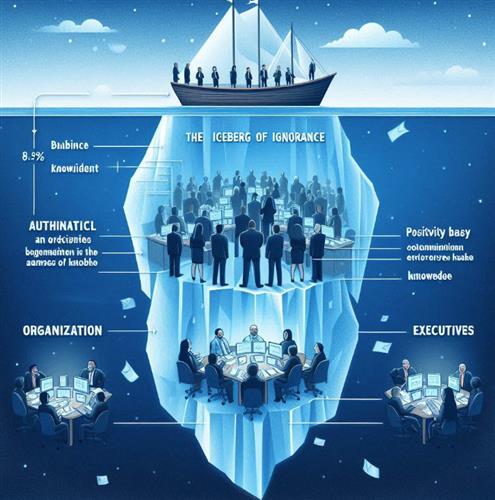











 Link copied!
Link copied!
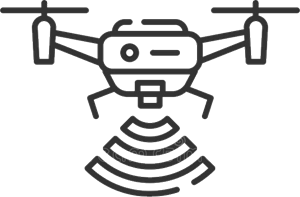 Recently Updated News
Recently Updated News